The U.S. Green Building Council and the University of Michigan’s Taubman College of Architecture and Urban Planning released a landmark report Feb. 29 that describes how green buildings advance resiliency in disasters. “Green Building and Climate Resilience: Understanding Impacts and Preparing for Changing Conditions” describes potential adaptive strategies available to green building practitioners. These strategies add an important new dimension to the green building industry’s long-standing focus on reducing greenhouse gases through energy efficiency and renewable/low-carbon energy supplies.
"Every building is designed for a specific range of conditions, such as peak temperature, storm surge and average precipitation. Climate change has the potential to undermine some of these assumptions and potentially increase risks to people and property. Fortunately, there are practical steps we can take to understand and prepare for the consequences of changing environmental conditions and reduce potential impacts. This can help green buildings meet and exceed expectations for comfort and performance long into the future."
- Dr. Chris Pyke, USBGC’s vice president of research
The report was released during the National Leadership Speaker Series on Resiliency and National Security in the 21st Century, hosted by USGBC and ICLEI-Local Governments for Sustainability USA. Craig Fugate, administrator of the Federal Emergency Management Agency, spoke at the National Press Club as part of the event and emphasized the importance of green buildings in disaster preparedness. He urged leaders from major corporations, government, academia, the scientific community and civil society to help advance green building as a complementary strategy to address pre- and post-emergency management situations, ultimately forging more resilient communities.
"In the wake of last year’s disaster activity, with tornadoes across the southwest, flooding from Hurricane Irene and even an earthquake on the East Coast, it is important that we develop and enforce safe and sustainable building codes to make our communities more resilient, and to protect lives and property in times of disaster. Green building practices, resiliency of our communities and emergency management priorities are not mutually exclusive."
-Craig Fugate, Federal Emergency Management Agency
The report, which identifies the deep synergies between green building and resiliency, advances several firsts in the field, such as:
- Examining the implications of climate change for green building and identifies opportunities for resilience through the design, construction, and operation of buildings and communities.
- Analyzing how individual LEED credits support regional adaptation needs, such as enhanced water conversation in arid climates and water-sensitive regions.
- Demonstrating how consideration of climate resilience in buildings can increase the likelihood of achieving performance goals throughout the lifetime of a project.
The National Leadership Speaker Series on Resiliency and National Security in the 21st Century serves as a forum for promoting a strategic vision for “resiliency” and features keynote speakers who are playing a leadership role in creating a safer, stronger and more sustainable future. This installment was generously supported by Ingersoll Rand.
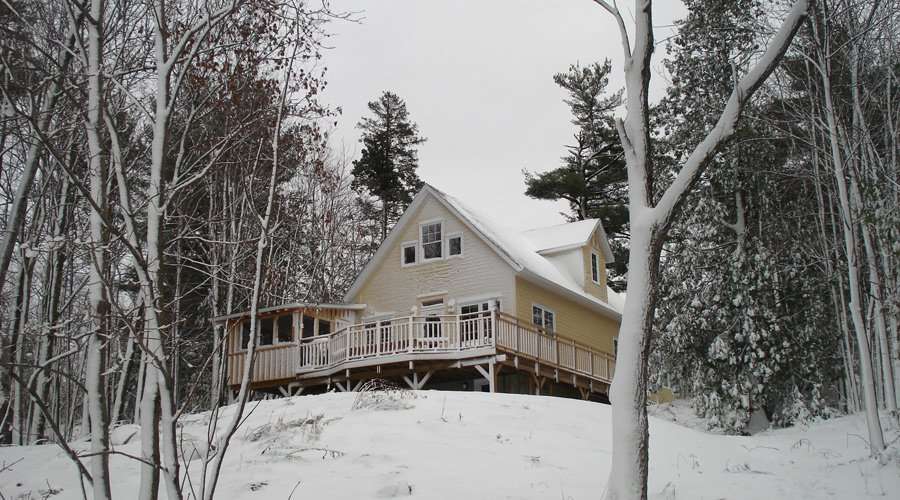















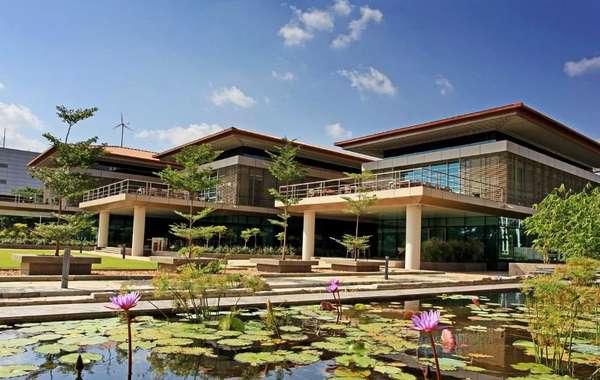
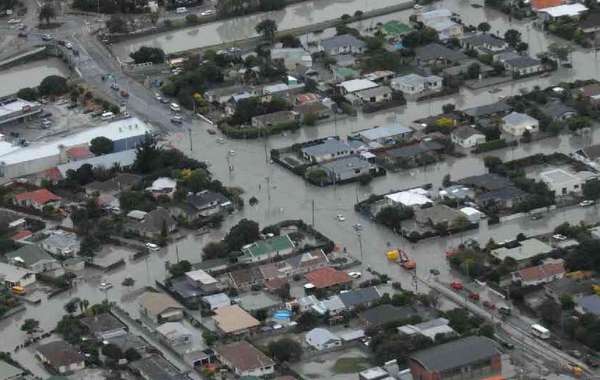

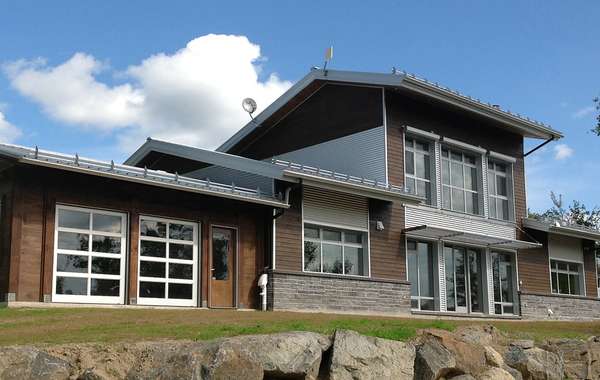

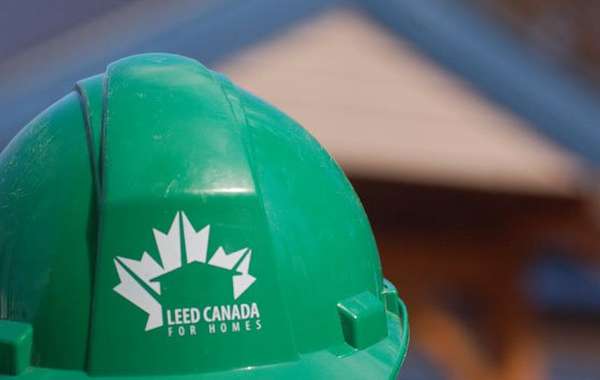
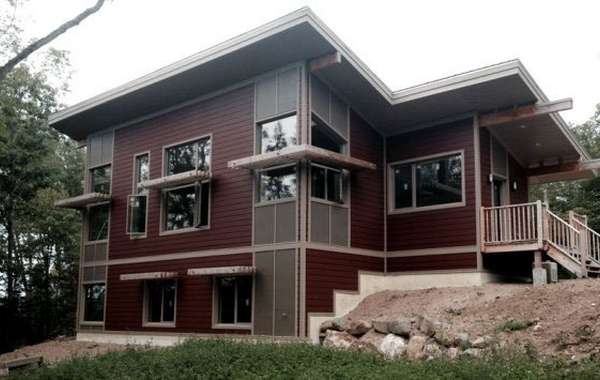


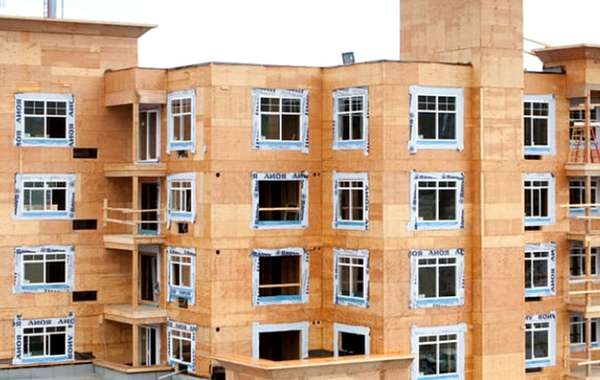
Comments (0)
Sign Up to Comment